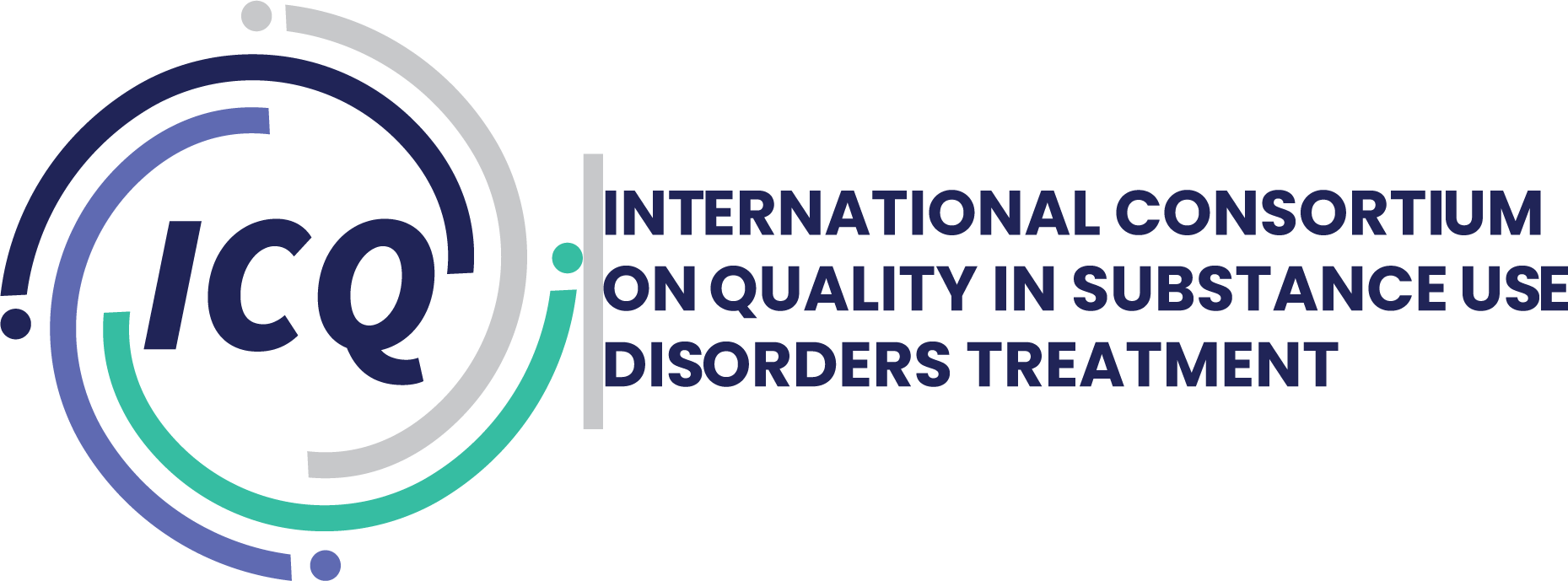From Courtroom to Clinic: How Legal Rulings Shape Cannabis Use Among Adolescents and Young Adults in South Africans
This presentation was featured at Indonesia 2025, on the 17.09.2025.
Authors:
Nadine Harker - Mental Health, Alcohol, Substance Use and Tobacco Research Unit, South African Medical Research Council; School of Public Health and Family Medicine, University of Cape Town, South Africa; Department of Psychiatry and Mental Health, University of Cape Town, South Africa.
Tara Carney - Department of Psychiatry and Mental Health, University of Cape Town, South Africa , Nancy Hornsby -Mental Health, Alcohol, Substance Use and Tobacco Research Unit, South African Medical Research Council , Mukhethwa Londani - a Mental Health, Alcohol, Substance Use and Tobacco Research Unit, South African Medical Research Council, Charles Parry - eDepartment of Psychiatry, Stellenbosch University, South Africa.
Abstract:
Background
Substance use, including cannabis (known locally as marijuana/dagga) use, remains a major global public health concern. Cannabis use among adolescents is associated with significant harms associated with physical health, neurophysiological development, mental health, traffic injuries and violence. The Cannabis for Private Purposes Bill (B10-2020), also known as the “Dagga Bill”, first introduced in 2018, states that the use, possession and cultivation of cannabis by adults in private for personal use is no longer a criminal offence, however it is illegal for adolescents under the age of 18 years old. This study examined whether legislative changes influenced cannabis-related treatment admissions among adolescents (≤18 years) compared to young adults (19–25 years).
Methods
Using retrospective data (2015–2023) from the South African Epidemiology Network on Drug Use (SACENDU), we analyzed trends in specialist treatment admissions where cannabis was the primary substance. Descriptive statistics and multiple logistic regression were adjusted for sociodemographic and treatment-related variables (frequency of use, prior treatment, type of care).
Results: Admissions declined significantly for adolescents (annual OR=0.96; 95%CI:0.95–0.97; p<0.001) and young adults (OR=0.98; 95%CI:0.97–0.99; p<0.001). Post-legislation (2018–2019), adolescent admissions fell sharply (73.5% to 64.1%; OR=0.64; 95%CI:0.58–0.71), mirroring trends in young adults (38.1% to 34.3%; OR=0.85; 95%CI:0.77–0.92). Post-COVID-19 lockdowns (2021–2022), admissions rebounded for adolescents (61.9% to 75.5%; OR=1.90; 95%CI:1.74–2.08) and young adults (34.1% to 37.9%; OR=1.18; 95%CI:1.09–1.28).
Discussion: The legalisation of cannabis for private use has had a significant impact on cannabis use and the anticipated need for specialist substance use treatment among adolescents in South Africa. Further longitudinal research is required to unpack the nuanced effects the judicial changes have had on cannabis access and use among youths. Legislation and amendments must consider the specific vulnerabilities associated with this population, focusing on their mental and physical development.
